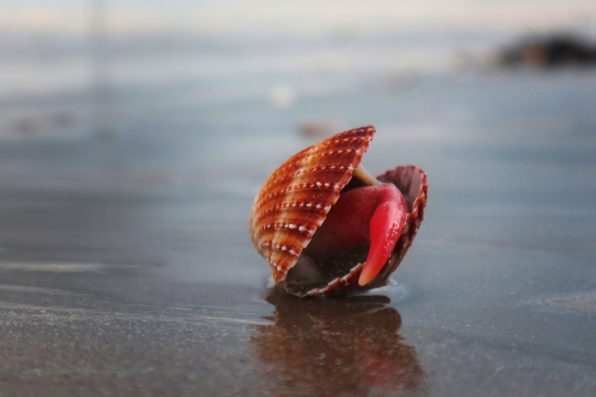Blood Clams Are A Dangerous Delicacy Known For Their Crimson Coloring And Ability To Absorb Harmful Toxins, Bacteria, And Viruses

Trying new and interesting foods is all well and good — but some have the potential to be hazardous to your health. One of those dangerous delicacies is blood clams. They hail from the shellfish family Arcidae.
Blood clams are a type of ark clam found in the Atlantic, the Gulf of Mexico, and the Indo-Pacific region. They are about the size of a lime and have hard shells. Part of their shells are covered with a black, hairy material.
Blood clams are named for their crimson coloration, which is caused by the red blood pigments of hemoglobin and myoglobin. This helps improve oxygen transfer, allowing them to live in murky environments with low levels of oxygen. Most clams don’t have hemoglobin, so their blood looks clear.
Traditionally, blood clams are eaten raw. They are also used in soups and hot pot dishes. They are said to have a chewy texture and a mild, sweet, and slightly iron-like taste, likely from the hemoglobin they contain.
But you might want to be wary about consuming them. Blood clams filter about 40 liters of seawater per day, much more than most shellfish.
So, if they are harvested from areas that don’t follow the proper sanitation practices, the clams can absorb harmful toxins, bacteria, and viruses, such as hepatitis A, typhoid, or dysentery.
Research has found that the hepatitis virus can survive for up to three months in the clams. Hepatitis A spreads through feces, so it can wind up in waters contaminated with human and animal waste.
There is no way to tell if a blood clam is contaminated just by looking at it, which makes the risk of developing serious illness even greater.
Due to health concerns, the import of blood clams has been banned across much of the globe. According to the New York Times, some governments have even seized shipments of blood clams, demonstrating how serious the risks of consuming them are.

yvonne – stock.adobe.com – illustrative purposes only
Currently, blood clams are banned in China, as the ones harvested in the country were responsible for a hepatitis outbreak.
Importing Chinese blood clams in the United States is illegal, but smugglers have their ways of getting them in.
Blood clams from other locations are safe to eat, just not the ones from China or Southeast Asia, where they are heavily cultivated.
In some parts of the world, blood clams are treated for contaminants, which is thought to make them safer.
There’s always a risk of getting sick from seafood. It depends on where they were harvested and what they have been exposed to.
For instance, harmful algal blooms occur widely and often contribute to seafood toxicity. Those who consume seafood exposed to algal blooms may develop food poisoning.
Sign up for Chip Chick’s newsletter and get stories like this delivered to your inbox.
More About:Freaky





